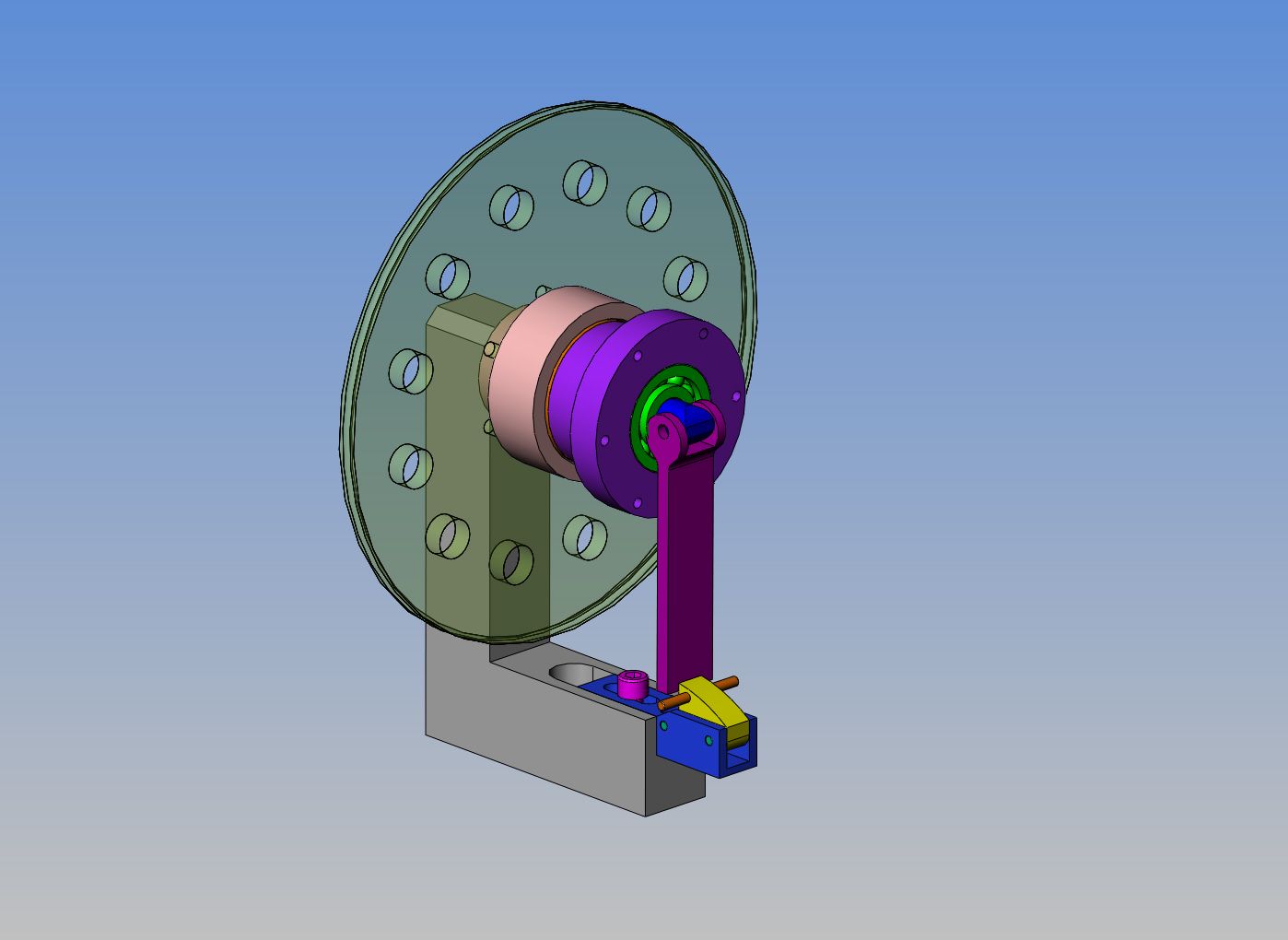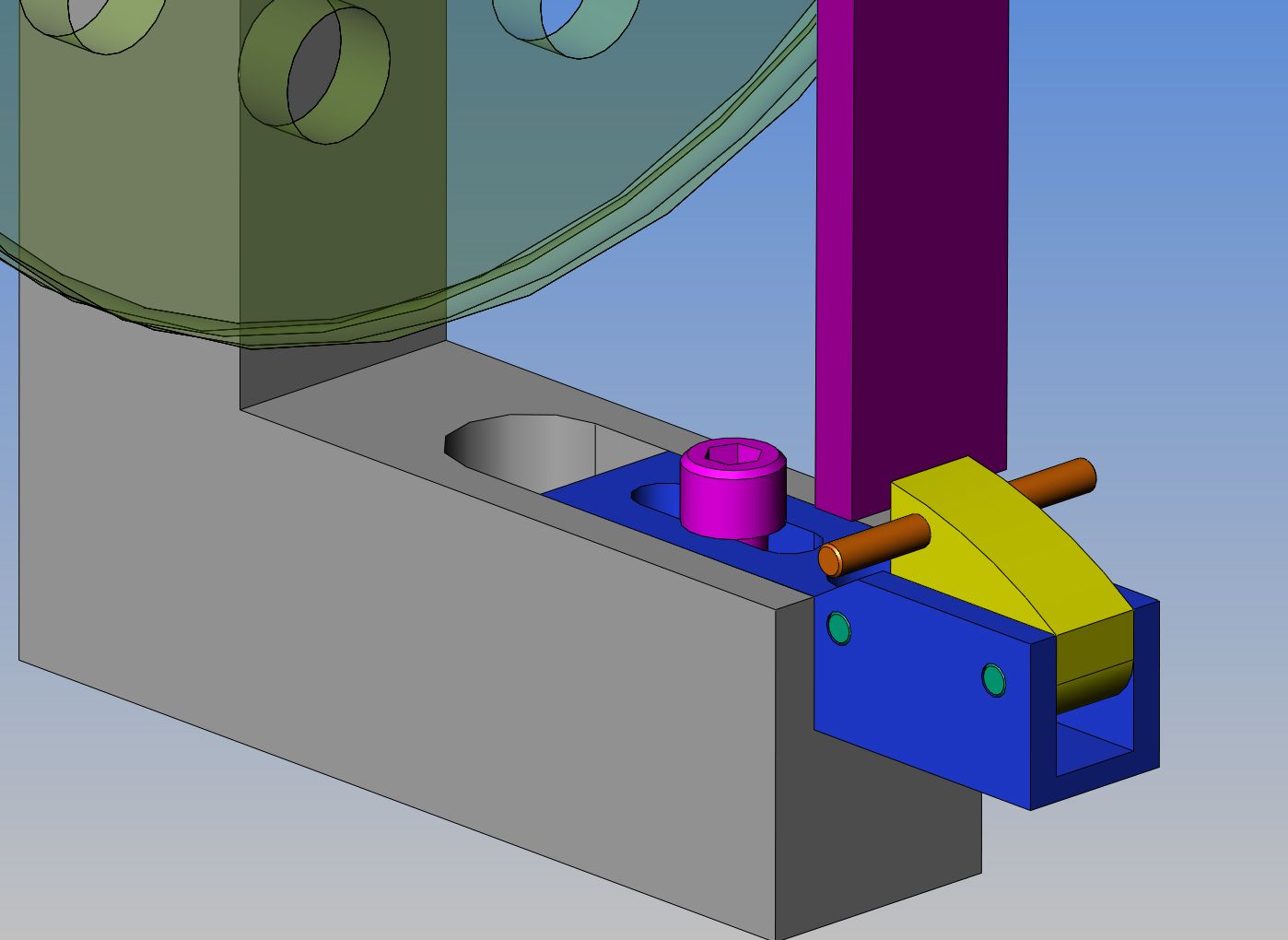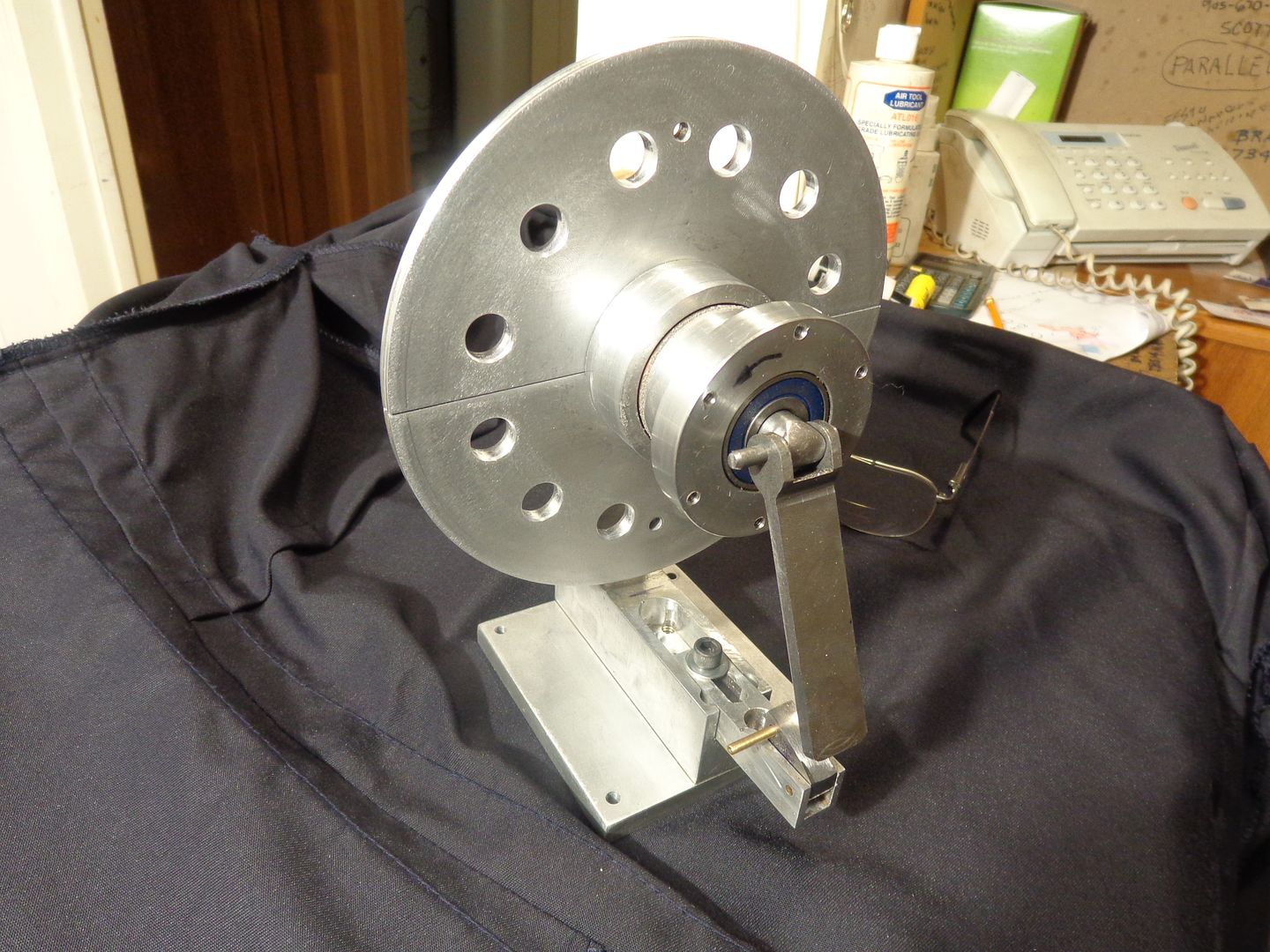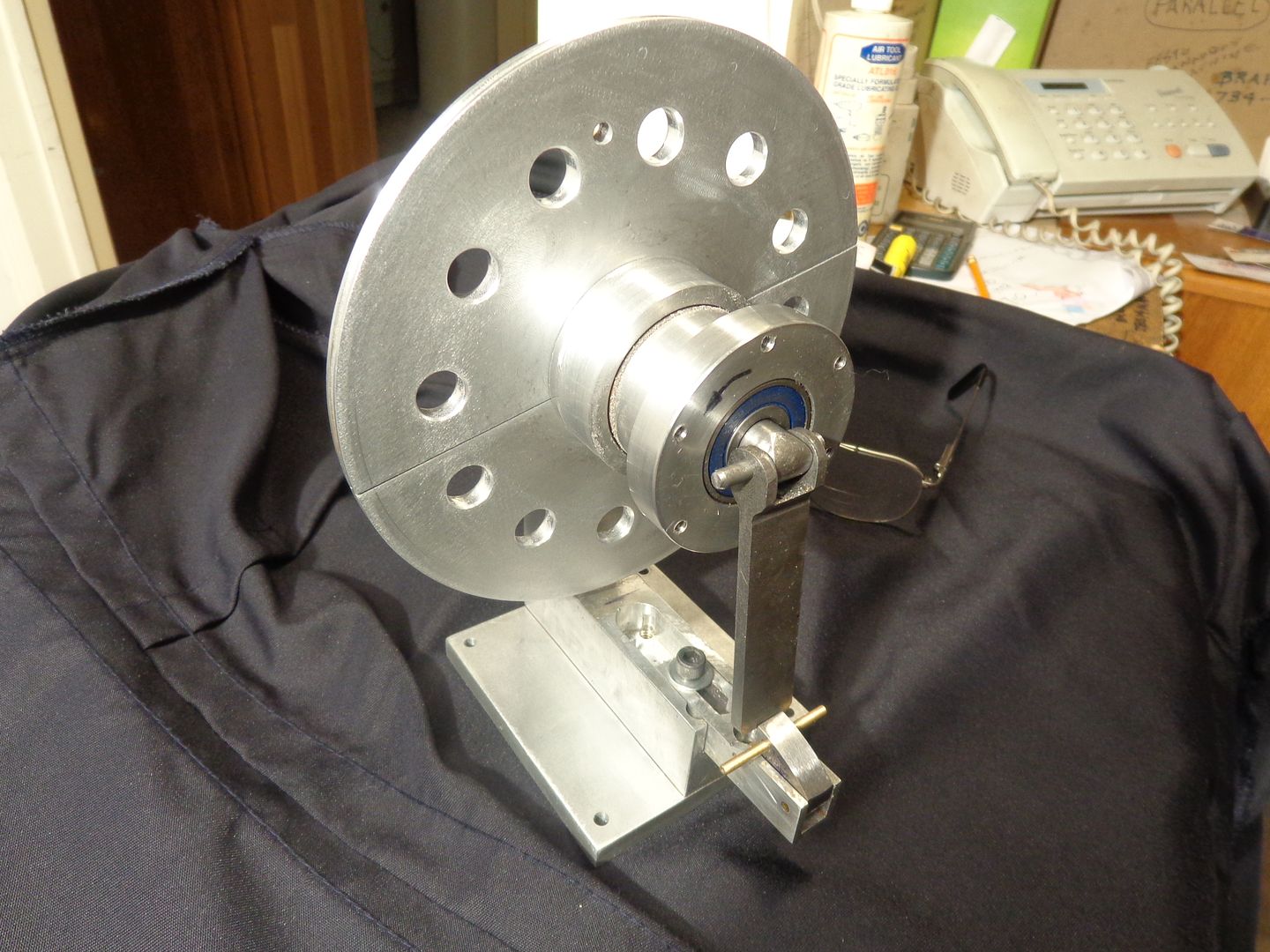trumpy81
Member
- Joined
- Oct 31, 2010
- Messages
- 219
- Reaction score
- 52
Coilmotorworks---I don't have too many old "Rumley Oil Pulls" (whatever that is) laying around my garage. However, I do react well to good clear sketches, explaining what you are suggesting.----Brian
Brian, here is a drawing of a multi-plate type clutch for your application. It's actually a single plate clutch but the rest is based on the multi-plate concept.
If you want more details I'd be happy to supply the models etc. for it.
View attachment Clutch.pdf






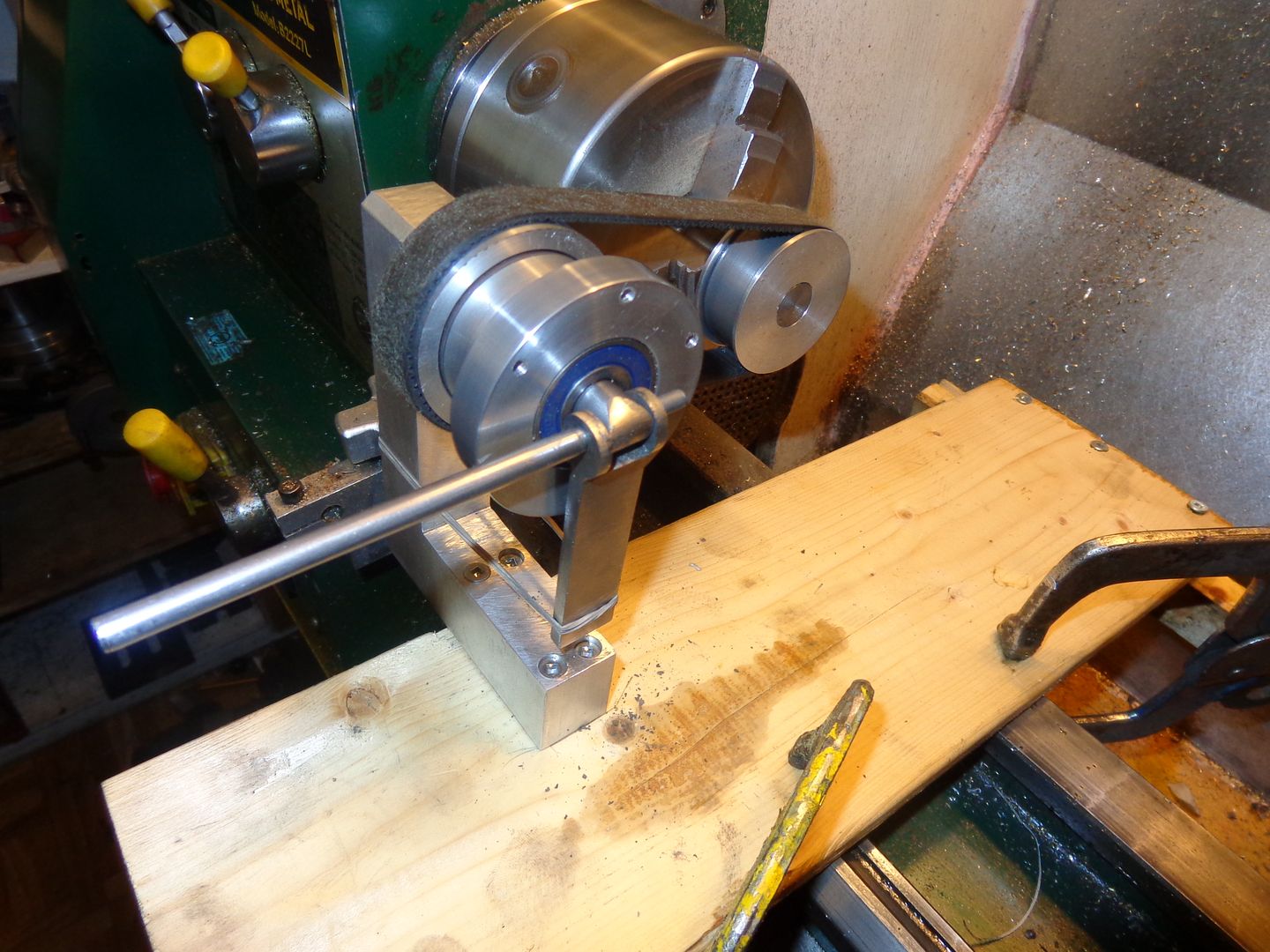


























![DreamPlan Home Design and Landscaping Software Free for Windows [PC Download]](https://m.media-amazon.com/images/I/51kvZH2dVLL._SL500_.jpg)





























